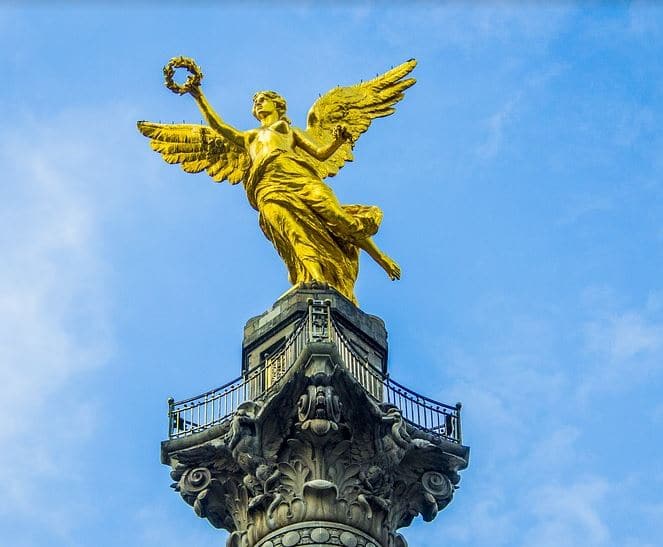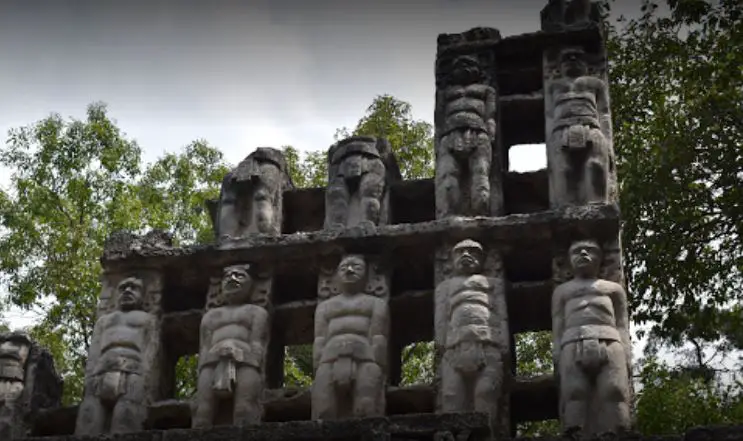How do I explore the historical architecture of Puebla?
Post ByAdequate Travel
Summary
Are you interested in exploring the unique historical architecture of Puebla? With centuries of influence from Spanish colonialists, Puebla was the epicentre of the Baroque style of New Spain. In this blog, we’ll explore the best ways to experience this beautiful city’s rich and diverse artistic heritage.
As you prepare for your journey, familiarize yourself with the specific entry requirements, including any necessary visas or documentation.
Exploring the historical architecture of Puebla is a fascinating experience as the city is known for its well-preserved colonial buildings and UNESCO World Heritage sites. To make the most of your exploration, you can follow the steps below:1. Begin with the Historic Center: Start your journey in the heart of Puebla, the Historic Center. This area is home to numerous architectural gems and can be easily explored on foot. Walk along the streets and admire the colonial facades, ornate balconies, and intricate details, which reflect different architectural styles such as Baroque, Renaissance, and Neoclassical.Example: The Cathedral of Puebla (Catedral de Puebla) is a must-visit in the Historic Center. This stunning cathedral blends various architectural styles, and its towers offer panoramic views of the city.2. Visit the Palafoxian Library (Biblioteca Palafoxiana): Established in 1646, this library is one of the oldest in the Americas and named after the Bishop of Puebla, Juan de Palafox y Mendoza. Admire the beautiful interior, featuring intricate bookshelves and a collection of ancient books. The building itself showcases a combination of Renaissance and Baroque styles.Example: Take a closer look at the ceiling painted by Cristóbal de Villalpando, depicting scenes from Mexican and Universal History.3. Explore the Talavera ceramics: Puebla is renowned for its exquisite Talavera ceramics, and many buildings showcase this traditional art form. Look for houses, churches, and even public spaces adorned with colorful Talavera tiles, adding a unique touch to the city's architectural landscape.Example: The Church of Santo Domingo (Iglesia de Santo Domingo) is a stunning example of how Talavera tiles enhance the beauty of a building. Its facade is adorned with an intricate display of Talavera ceramics.4. Discover the Convents and Monasteries: Puebla is also known for its numerous convents and monasteries, which played a significant role in the city's history. These religious buildings often feature beautiful courtyards, chapels, and architectural elements from the colonial era.Example: The Convent of Santa Monica (Convento de Santa Monica) is a well-preserved 16th-century convent. Its courtyard, with its arches and colorful walls, is particularly picturesque.5. Don't Miss the Museums: Puebla boasts several museums that showcase the city's history and architectural heritage. These museums often inhabit old buildings, allowing you to delve into the past while also appreciating the historic architecture.Example: The Amparo Museum (Museo Amparo) is housed in a colonial-era building and offers a collection of pre-Hispanic, colonial, and modern art. Its architecture seamlessly blends the old with contemporary design.Remember, Puebla is a city with countless architectural treasures, so be sure to explore beyond these examples. Pay attention to the fine details, unique tiles, arched doorways, and other distinguishing features that make Puebla's historical architecture truly captivating.
Exploring the historical architecture of Puebla is a fascinating experience as the city is known for its well-preserved colonial buildings and UNESCO World Heritage sites. To make the most of your exploration, you can follow the steps below:1. Begin with the Historic Center: Start your journey in the heart of Puebla, the Historic Center. This area is home to numerous architectural gems and can be easily explored on foot. Walk along the streets and admire the colonial facades, ornate balconies, and intricate details, which reflect different architectural styles such as Baroque, Renaissance, and Neoclassical.Example: The Cathedral of Puebla (Catedral de Puebla) is a must-visit in the Historic Center. This stunning cathedral blends various architectural styles, and its towers offer panoramic views of the city.2. Visit the Palafoxian Library (Biblioteca Palafoxiana): Established in 1646, this library is one of the oldest in the Americas and named after the Bishop of Puebla, Juan de Palafox y Mendoza. Admire the beautiful interior, featuring intricate bookshelves and a collection of ancient books. The building itself showcases a combination of Renaissance and Baroque styles.Example: Take a closer look at the ceiling painted by Cristóbal de Villalpando, depicting scenes from Mexican and Universal History.3. Explore the Talavera ceramics: Puebla is renowned for its exquisite Talavera ceramics, and many buildings showcase this traditional art form. Look for houses, churches, and even public spaces adorned with colorful Talavera tiles, adding a unique touch to the city's architectural landscape.Example: The Church of Santo Domingo (Iglesia de Santo Domingo) is a stunning example of how Talavera tiles enhance the beauty of a building. Its facade is adorned with an intricate display of Talavera ceramics.4. Discover the Convents and Monasteries: Puebla is also known for its numerous convents and monasteries, which played a significant role in the city's history. These religious buildings often feature beautiful courtyards, chapels, and architectural elements from the colonial era.Example: The Convent of Santa Monica (Convento de Santa Monica) is a well-preserved 16th-century convent. Its courtyard, with its arches and colorful walls, is particularly picturesque.5. Don't Miss the Museums: Puebla boasts several museums that showcase the city's history and architectural heritage. These museums often inhabit old buildings, allowing you to delve into the past while also appreciating the historic architecture.Example: The Amparo Museum (Museo Amparo) is housed in a colonial-era building and offers a collection of pre-Hispanic, colonial, and modern art. Its architecture seamlessly blends the old with contemporary design.Remember, Puebla is a city with countless architectural treasures, so be sure to explore beyond these examples. Pay attention to the fine details, unique tiles, arched doorways, and other distinguishing features that make Puebla's historical architecture truly captivating.
Suggested Questions
- Xunantunich, Belize-Mexico border: Horror Story, History & Paranomial Activities
- Basílica Menor de Santa Prisca, Taxco, Guerrero: Horror Story, History & Paranomial Activities
- Hacienda Santa Ana, Tepotzotlán, Mexico State: Horror Story, History & Paranomial Activities
- Templo de San Antonio de Padua, Pátzcuaro, Michoacán: Horror Story, History & Paranomial Activities
- San Francisco Church, Querétaro City: Horror Story, History & Paranomial Activities
- Basílica de Nuestra Señora de Guadalupe, Mexico City: Horror Story, History & Paranomial Activities











